Architect's Toolbox: 6 Drawings on the Way to a Dream Home
From thumbnail sketches to detailed construction drawings, architects and other design professionals produce all sorts of drawings. While these drawings can be quite beautiful in their own right, their purpose is twofold.
First, they help flesh out ideas, allowing us to test different design approaches. In fact, by transferring what's in our heads to something that can be visualized and subsequently built, drawings save time and money by ensuring that we pursue the best direction given our goals.
Second, they communicate the design intent and explain how a design is to be built, of what materials it will be made and how building codes are accounted for. In this way a set of drawings is not only the menu, but the recipes for each dish as well. A set of drawings explains and describes the whole experience, plus tells what each ingredient is and how much of that ingredient to use.
Let's look at some drawing types and see how each is used.
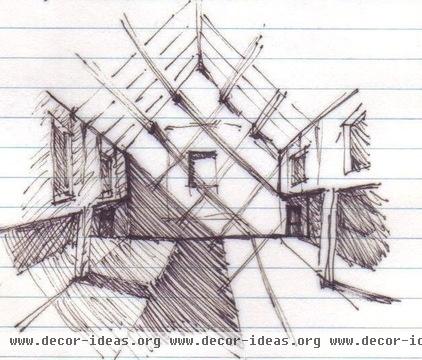
Thumbnail sketch. The quick thumbnail sketch is a favorite design tool of many. This sketch, sometimes referred to as a back-of-the-napkin sketch, can really help define the overall design direction and intent. Often enough, the sketch can evoke where the light comes from, what materials are used and, most important, the quality of space desired.
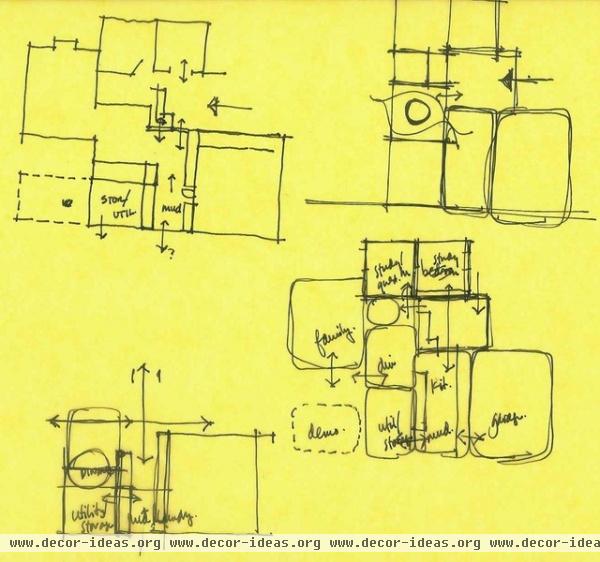
Schematic design. During the schematic design phase, architects and other design professionals use quick floor-plan studies in conjunction with thumbnail sketches to test ideas and make sure rooms relate to one another as well as to the site. By going back and forth between the two, a designer can quickly convey to a homeowner just how a specific design direction solves the design problem at hand.
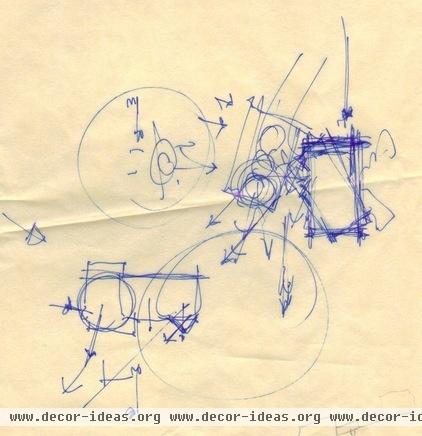
Sometimes these sketches resemble nothing more than chicken scratches, but that's misleading. They give us insights into where the sunlight is coming from, where the views are to be had and how the general shape and character of the site will affect a home's design.
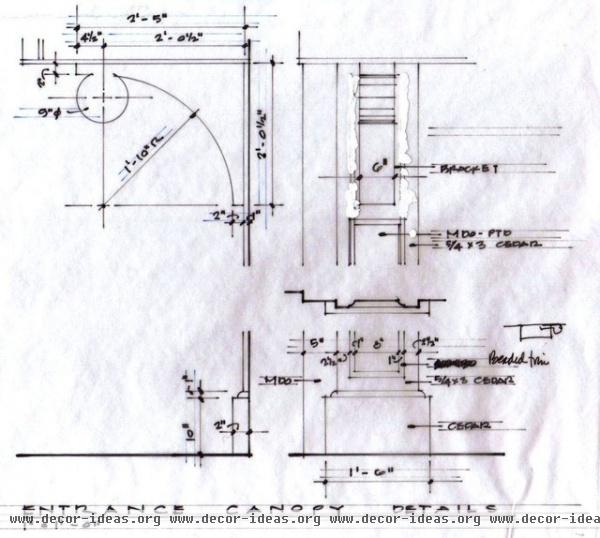
Design development. Though often overlooked, there's a very important drawing step between the preliminary sketches and the final set of construction drawings. This is the aptly named design development phase, as it's when we develop the design. While still sketchy and loose, design development drawings are where we really start to pin down dimensions and details, materials and more.
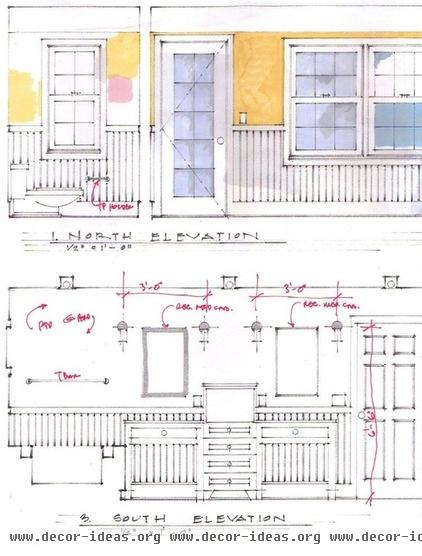
During design development we'll get into the design impact that heating, cooling, plumbing, electrical, security, audiovisual and all of the other myriad systems have on the project. And we'll start to define built-in pieces and other custom items that will make the home special and unique.
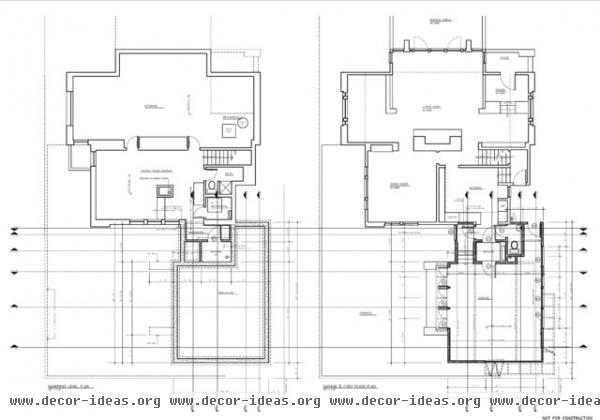
Construction drawings. The most extensive set of drawings that an architect or other design professional will prepare used to be called the blueprints, but now the more common term is construction drawings, or CDs.
These drawings are the result of all of the design decisions that have been made; they communicate to the building official, builders, material suppliers, lenders and others what they need to know about the project.
For example, they indicate to the building official how the finished home will be in compliance with the building codes. To a window manufacturer, these drawings describe the quantity, style and type of all of the windows. For a carpenter they provide the dimensions needed to build the home as well as how many wood studs and other components will be needed.
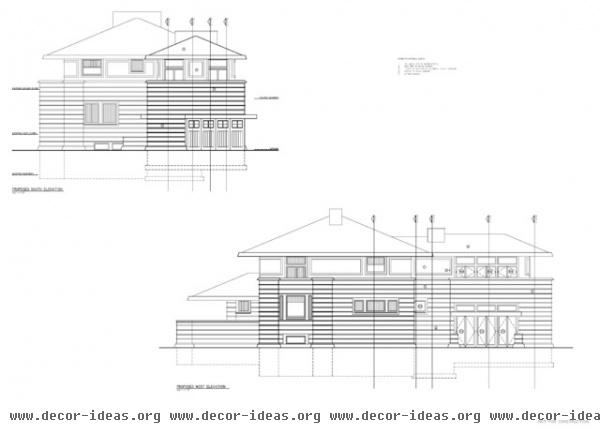
Permit set. Many sets of construction drawings consist of the necessary floor plans, four elevations and a section or two. This is the basic, or permit, set of construction drawings. And while a permit set is good enough to get a home's construction started, it won't have all of the information that's needed to actually complete the project. Finishes, built-ins, cabinetry, special details, appliances etc. are all things that will have to be decided on but won't show up in the permit set.
Of course, there will be a cost difference between a basic set of construction drawings and a complete set of construction drawings. Ultimately that extra cost will save time, money and aggravation during construction. Having made all of the design decisions before starting to build allows the actual construction — always the most stressful time of a project — to go more smoothly.
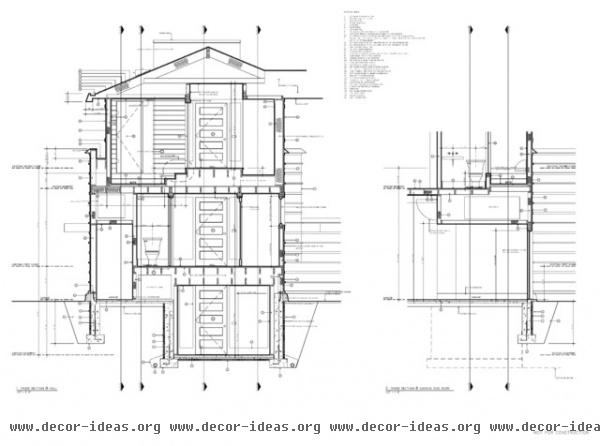
Complete set. In addition to these basic plans, elevations and a wall section or two, a complete set of construction drawings includes detailed sections, interior elevations, specifications for all of the materials and layouts for all of the plumbing, heating, cooling, electrical and other systems. Coordinating the work on paper is always less costly and time consuming than coordinating the work in the field during construction.
Make sure you have a full understanding of what the design professional will provide and if that's what you want for your project.
More: How to Read a Floor Plan | Find an architect near you












